Mistwalker
Gold Member
- Joined
- Dec 22, 2007
- Messages
- 19,017
Some of the articles I am working on for magazine publication have me out working on some interesting elements at night. With my strained financial situation after a recent necessary major investment in new equipment, I have to combine or overlap as much of my work as possible in order to reduce my expenses and wear and tear on my truck as much as possible. Thus most of my travel, once on location is done on foot after parking in one place and working my way around in what is often a three to four mile radius. It reminds me of old times in my youth, just under better circumstances thank goodness. Two of the articles, one for a magazine and one for the website, go into how some things are easier to see and positively identify at night using synthetic light, which shows off their shapes better, or color differences more so, than natural sunlight will. So I've been conducting a lot of rather covert roving night-op photo shoots in some of the more obscure areas of the city to get all the images I am after. It's an activity I strongly recommend using a buddy system for should you get into the idea yourself. I'll go into more detail the specific plants and color differences in the article, was just sharing a few pics as a preview today.
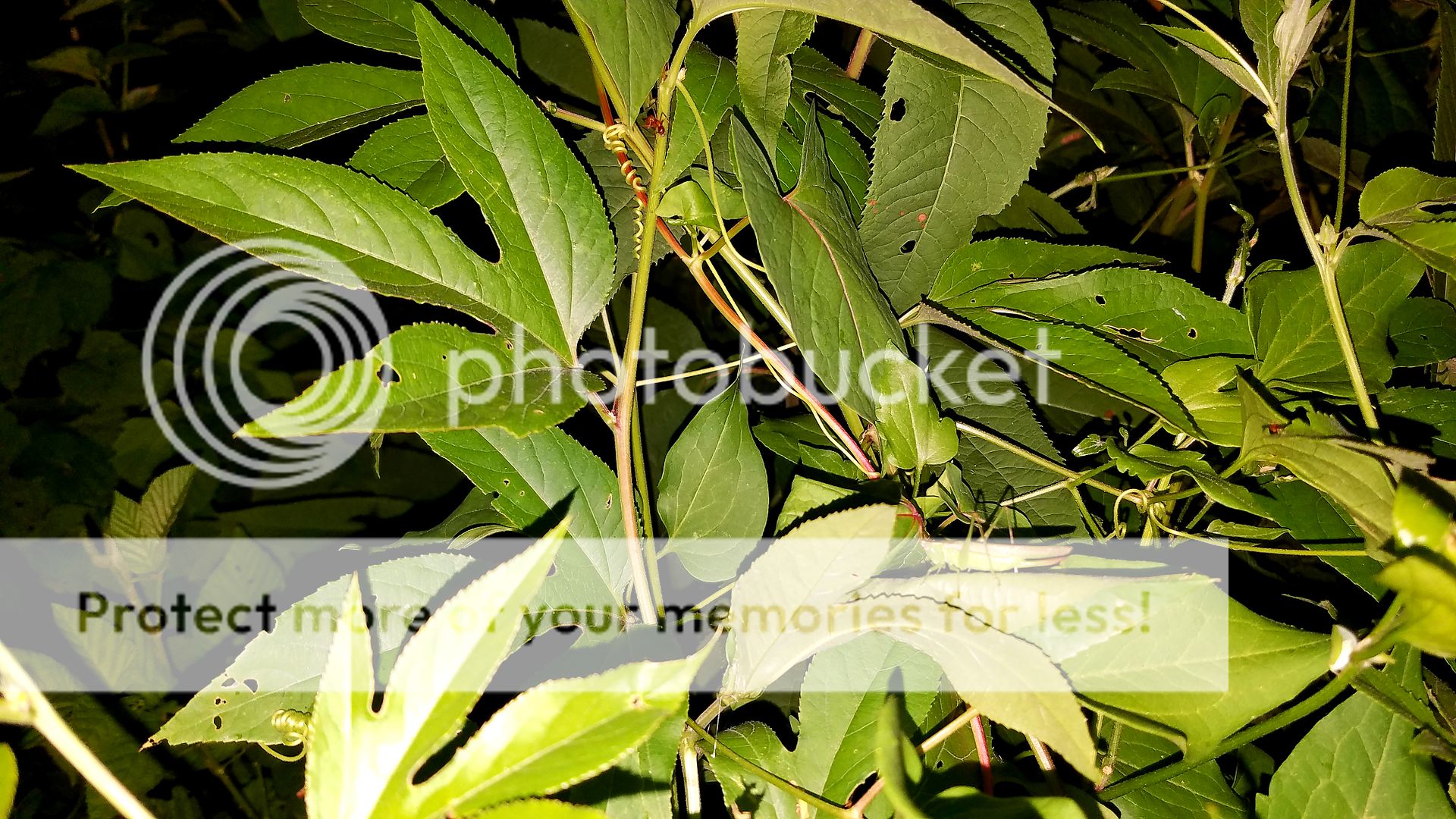
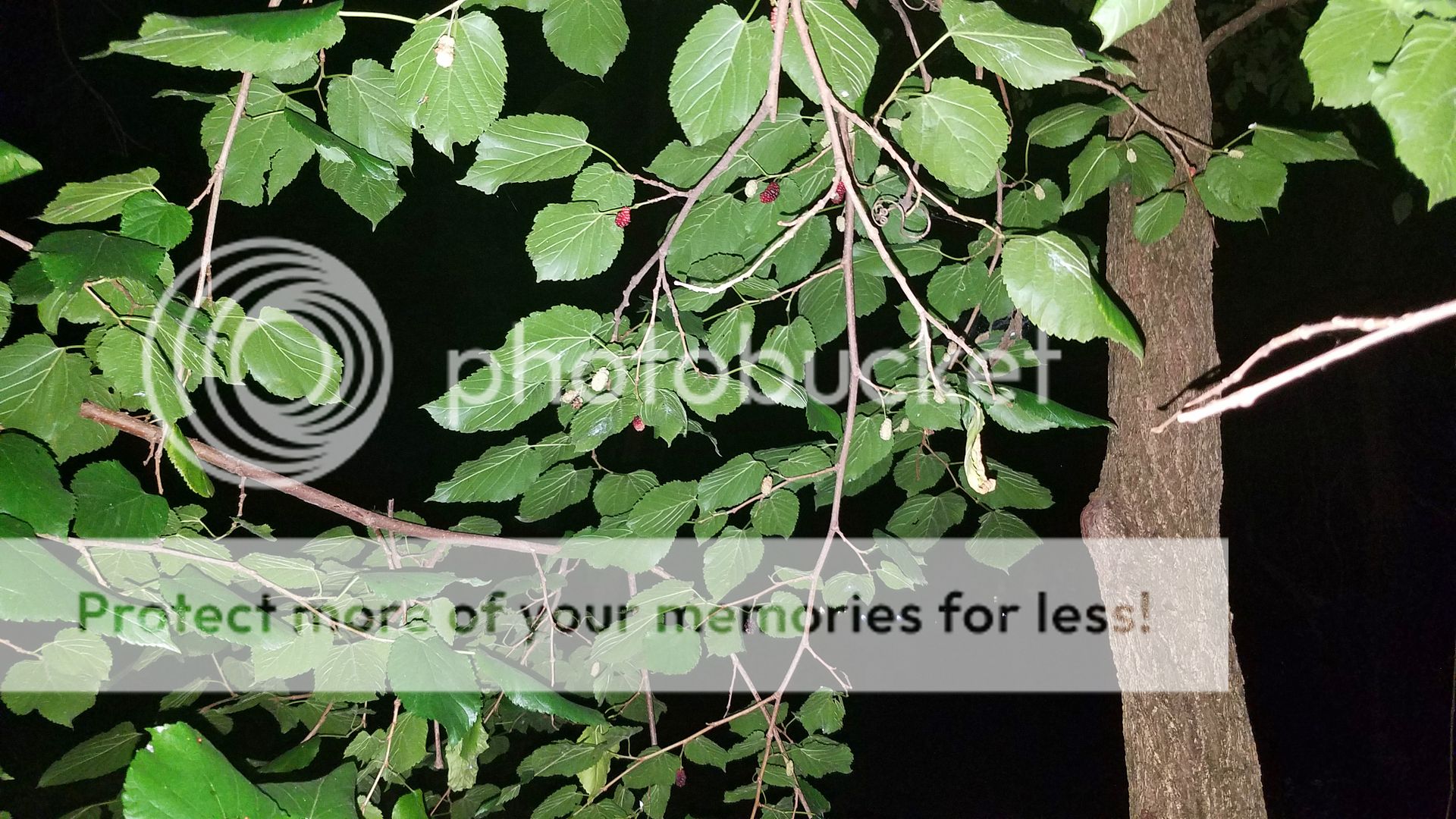
To the naked eye during the day time, most of the green plants in this image look almost the same shade of green, at night with synthetic light there is a huge difference.
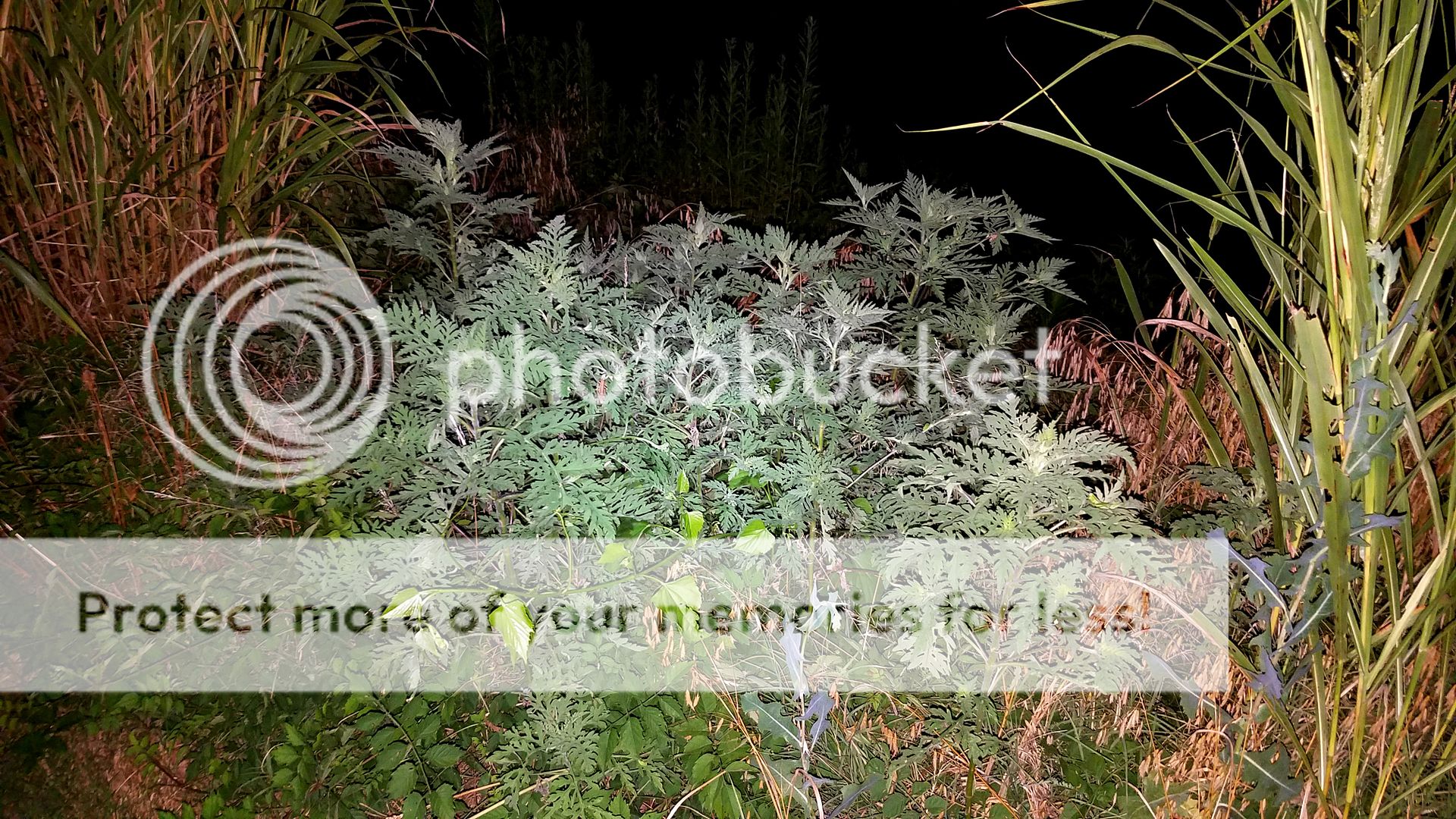
During the day, it's very hard to notice the fruit and flowers hidden under the leaves. They blend together too well until the husks start going yellow and tan. With the different angle of the synthetic light at night, the differences are more easily noticeable.
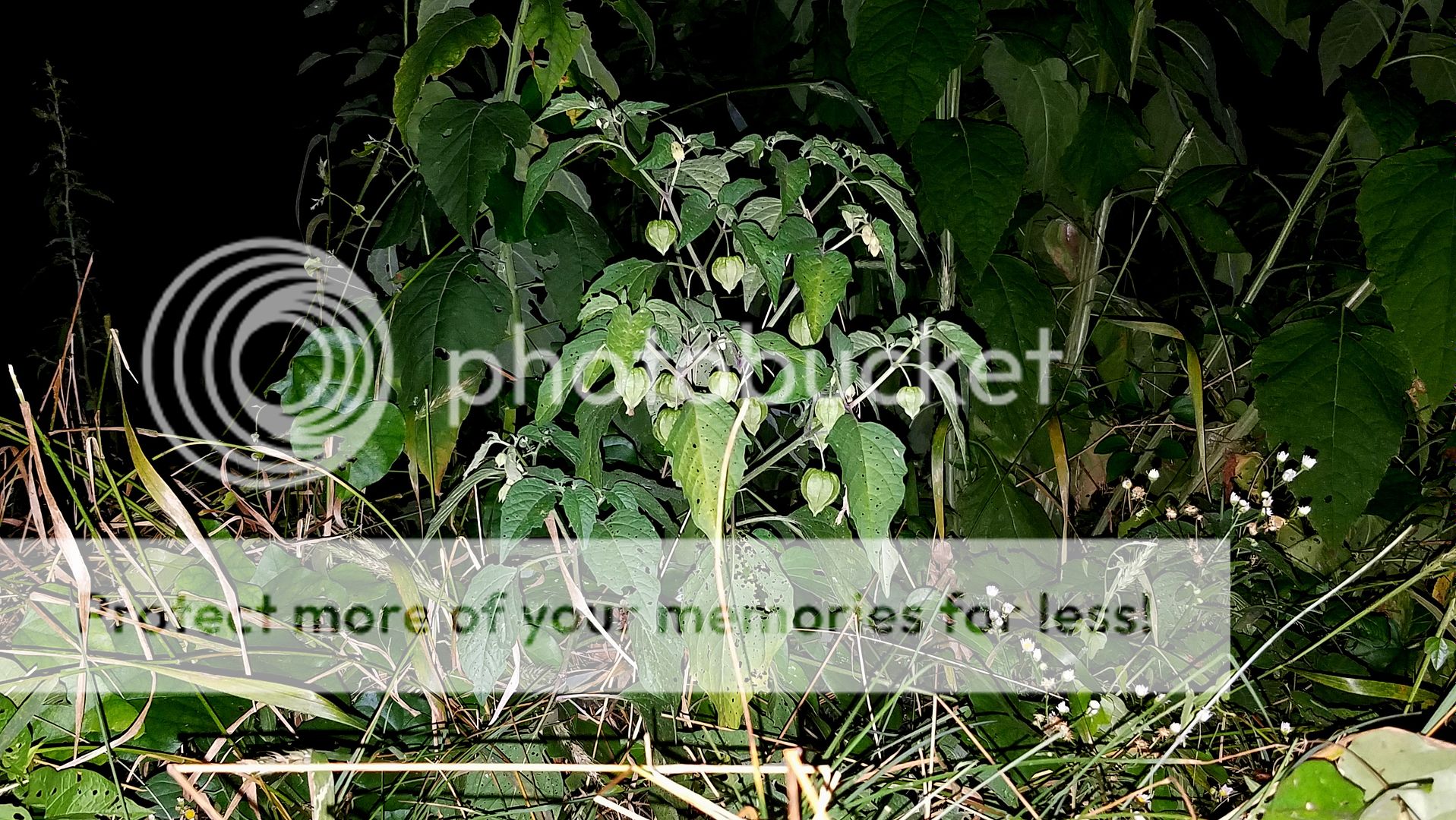
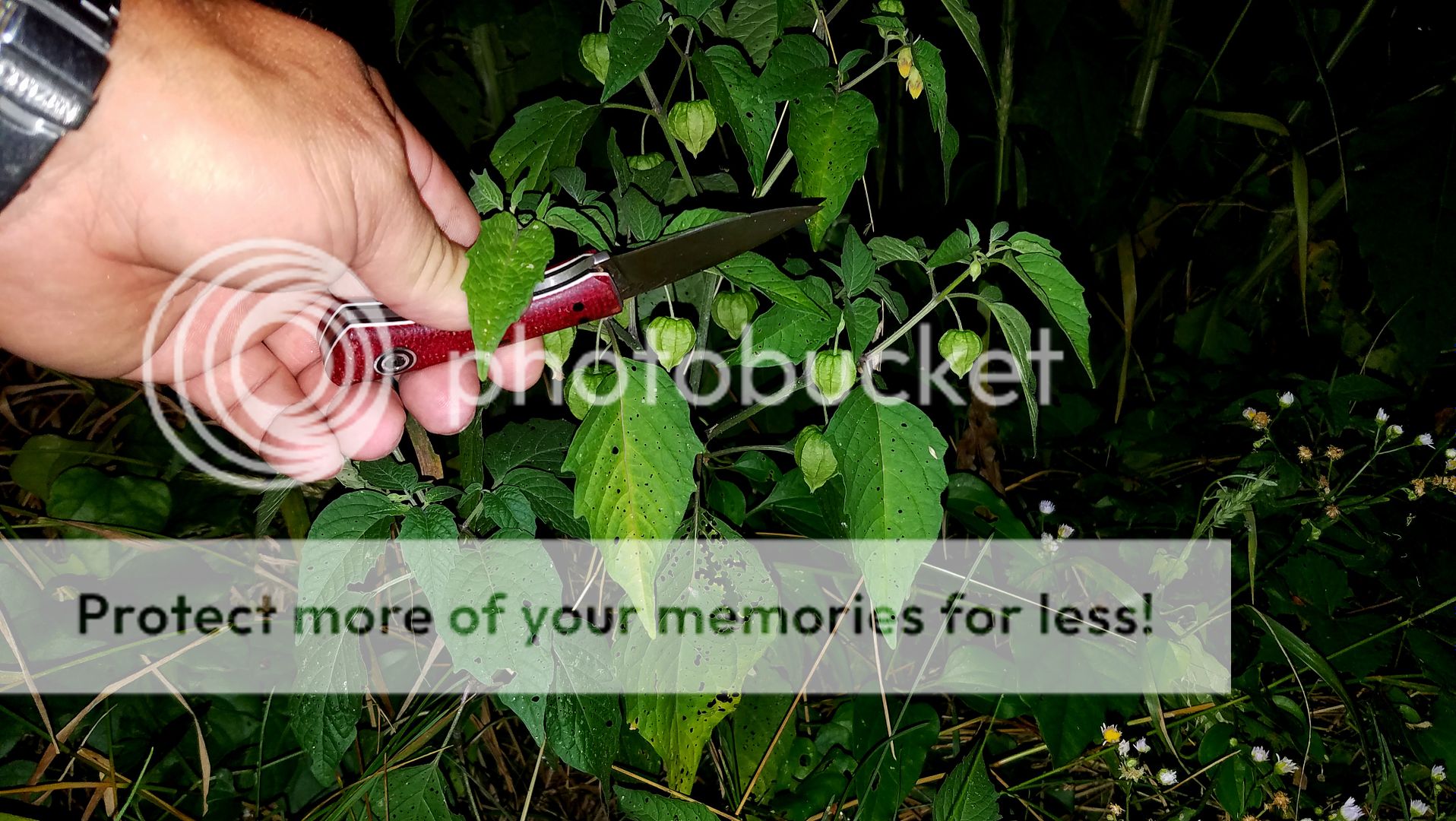



To the naked eye during the day time, most of the green plants in this image look almost the same shade of green, at night with synthetic light there is a huge difference.

During the day, it's very hard to notice the fruit and flowers hidden under the leaves. They blend together too well until the husks start going yellow and tan. With the different angle of the synthetic light at night, the differences are more easily noticeable.



Last edited:
